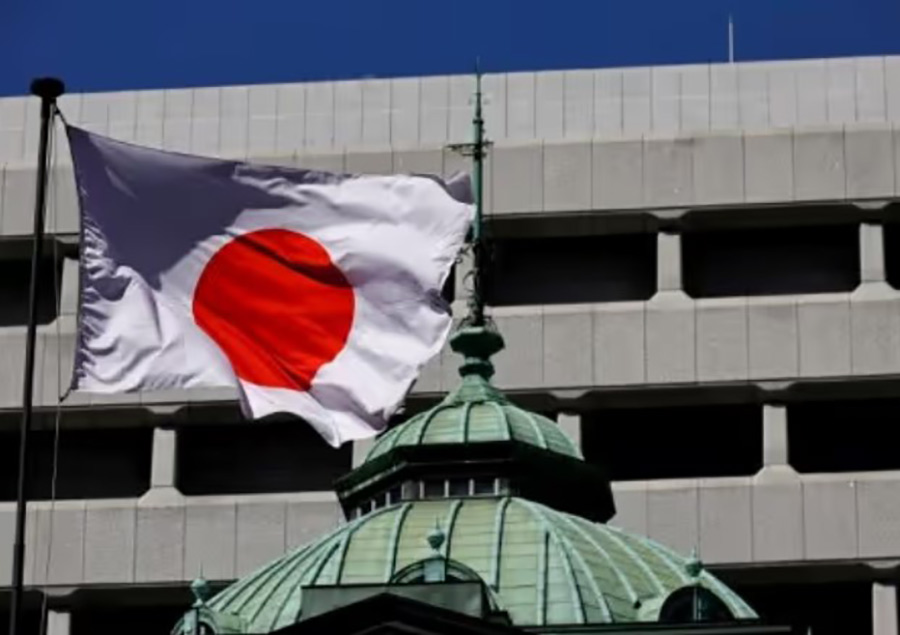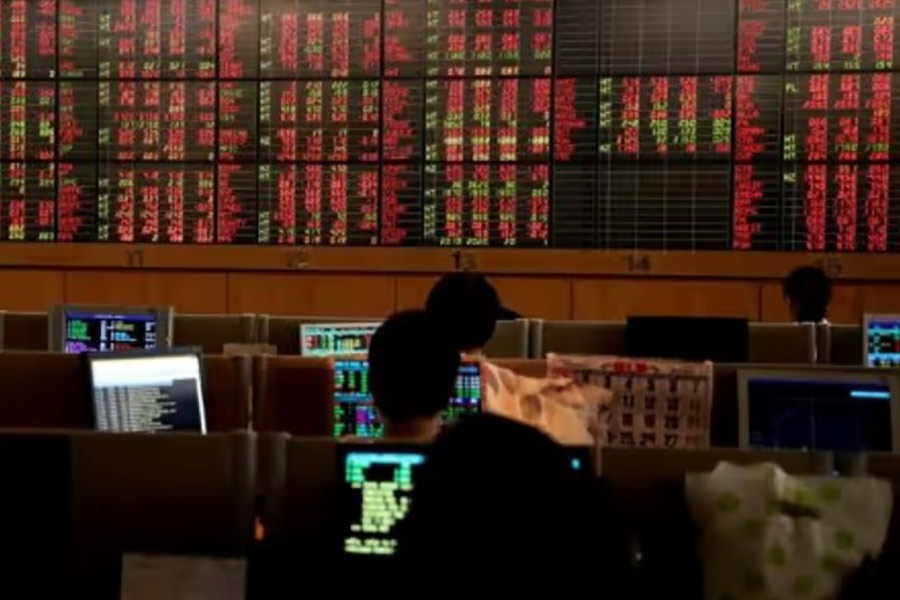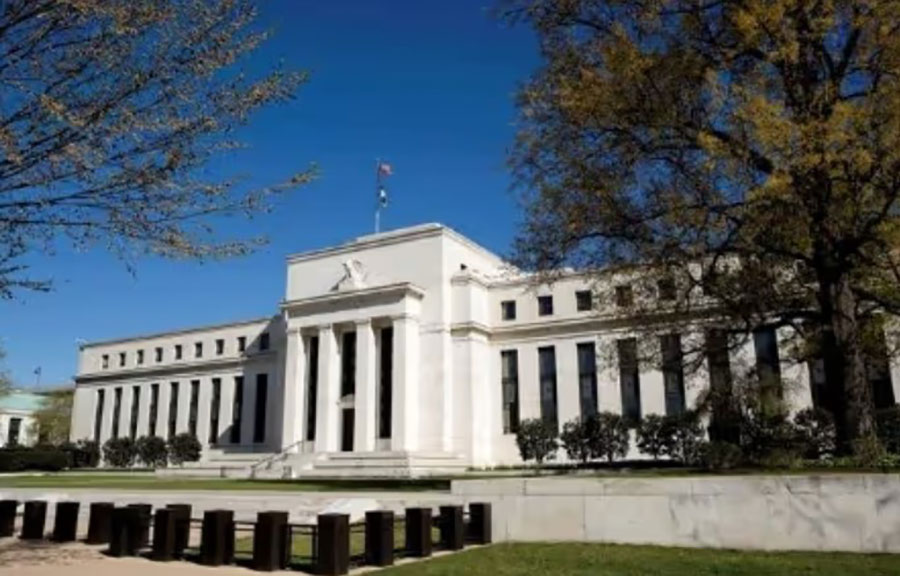By Leika Kihara and Takahiko Wada
TOKYO- The Bank of Japan is likely to trim bond buying by around 24 trillion yen ($152 billion) annually in new guidance due next month, but forgo raising interest rates at least until September, former board member Makoto Sakurai said on Monday.
At its policy meeting on Friday, the BOJ decided to start trimming its huge bond purchases and announce a detailed plan in July on reducing its nearly $5 trillion balance sheet, taking another step toward unwinding its massive monetary stimulus.
Governor Kazuo Ueda gave few clues on how much the BOJ will actually trim its bond buying, saying only that the taper size will be significant.
“The BOJ has the option of reducing its monthly purchase amount by just one trillion yen.
But with the governor having said the size would be ‘significant,’ there’s a good chance it will taper by around 2 trillion yen,” Sakurai told Reuters in an interview.
The BOJ currently buys roughly 6 trillion yen of government bonds per month with an allowance of 5-7 trillion yen. It will likely trim the purchase to 4 trillion yen per month, he said.
The BOJ’s decision to announce its bond-tapering plan at its next meeting in July 30-31 has heightened uncertainty on whether it will hike short-term interest rates at the same meeting, or hold off until later in the year to avoid upending markets.
Sakurai, who retains close ties with incumbent policymakers, said the BOJ will likely forgo raising rates in July and wait for more clarity on whether summer bonus payments and wage gains will help consumption will rebound.
“The BOJ is probably in no rush to raise short-term rates as doing so would push up mortgage loan rates and hurt already weak housing investment,” Sakurai said. “The next interest rate hike will likely happen in autumn or early next year.”
If economic and price developments move roughly in line with its projection, the central bank may raise interest rates to 0.5 percent by the end of next year, Sakurai said.
After ending eight years of negative interest rates in March, the BOJ currently sets the short-term policy rate target in a range of 0-0.1 percent .
Many economists expect the BOJ to hike interest rates to 0.25 percent this year, though they are divided on whether it will come in July or later in the year.
Sakurai said the yen’s sharp falls likely forced the BOJ to proceed quicker than initially planned in embarking on quantitative tightening (QT) and scale back its balance sheet.
Japan’s battered currency has become a headache for policymakers by inflating import prices, which in turn boosts living costs and hurting consumption.
Rather than trying to slow the yen’s declines through rate hikes, the BOJ likely opted to allow long-term interest rate to rise more by announcing a bond tapering plan, he added.
“The BOJ made a big step forward in normalizing policy by deciding to taper,” Sakurai said, adding that many bankers likely saw the need to steadily trim its balance sheet.
“In a way, the weak yen helped BOJ policymakers get what they wanted.”
Economists remain split over the timing of BOJ’s next interest rate hike, according to a new Reuters poll.
Of the 29 economists polled by Reuters on Monday, 31 percent said they expected the BOJ to raise interest rates at its next policy meeting on July 30-31.
Another 41 percent forecast the next hike would come in October. Slightly more than 20 percent went with September, while the remainder did not expect a rate hike until 2025, the poll showed.
The results were roughly in line with a regular, monthly Reuters poll taken before the BOJ’s policy meeting last week.
While the BOJ could hike rates in July, the hurdles of doing it simultaneously with bond-buying tapering are “quite high” considering their impact on the market, said Yoshimasa Maruyama, chief market economist at SMBC Nikko Securities in a research note on Monday.
He projected the next rate hike would come in October.
“The BOJ wants to focus (on) scaling back bond purchases at the next meeting,” said Stefan Angrick, senior economist at Moody’s Analytics, one of two firms that revised rate-hike forecasts to September from July.
September “makes sense for a rate hike” as key data, including the April-June gross domestic product data that are important for BOJ decision, will be available, he added.
Meanwhile, Japan’s 10-year government bond yield fell on Monday as investors bet the Bank of Japan (BOJ) would hike rates at a slower pace.
The 10-year JGB yield slipped as low as 0.915 percent and was last at 0.925 percent , down 0.5 basis point (bp) from the previous session.
At its policy meeting on Friday, the BOJ said it would start trimming its bond purchases and also announce a detailed plan in July on reducing its nearly $5 trillion balance sheet.
“If the BOJ announces a significant reduction in its bond buying, that would have a certain impact on government bond yields,” said Naoya Hasegawa, chief bond strategist at Okasan Securities.
The market view is that the BOJ will not raise rates and announce details on the bond buying at the same time in July, Hasegawa said, adding that his firm expects the central bank to raise rates in October.
The two-year JGB yield fell 1 bps to 0.285 percent and the five-year yield slipped 1 bps to 0.505 percent .
Yields on bonds with longer maturities rose, with the 20-year JGB yield inching up 0.5 bps to 1.740 percent .
The 30-year JGB yield rose 2.5 bps to 2.115 percent and the 40-year JGB yield was flat at 2.225 percent .





